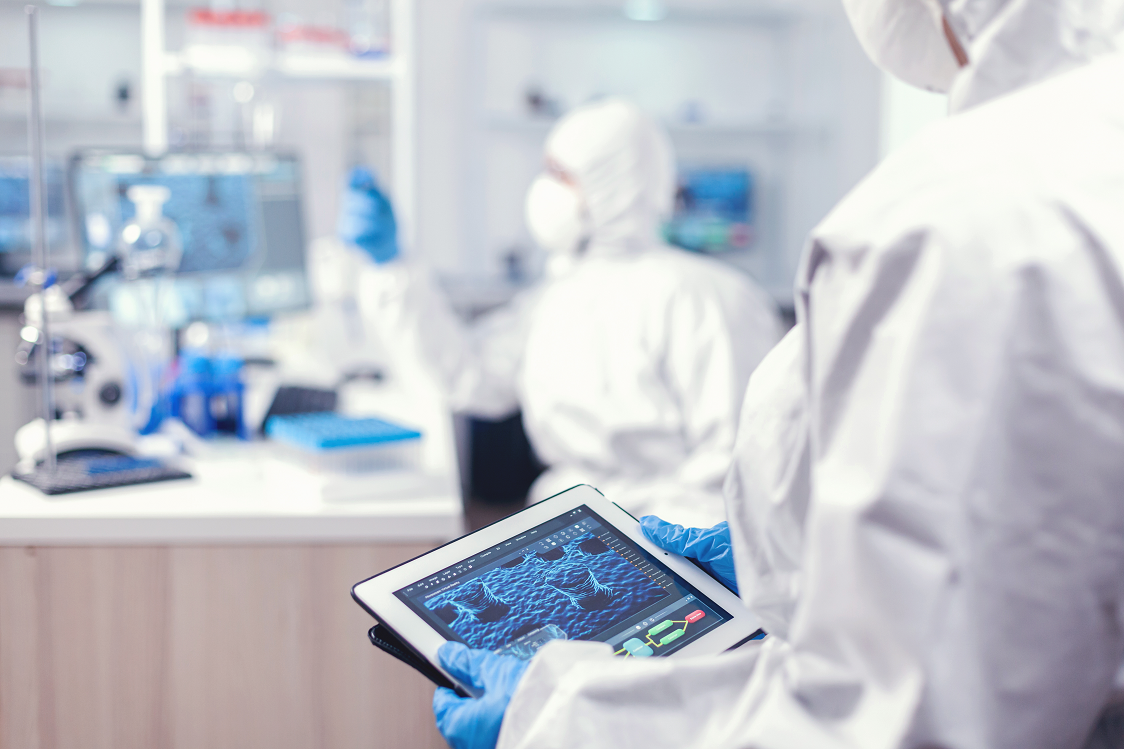Will Digital Twins Help With the Pandemic?

In January 2021, the four-year-old project DIGIPREDICT was launched, focusing on monitoring the impacts of COVID-19 on human health. Within the European examination program a digital twin that is able to predict serious complications in the infected is going to be developed. The prototype should be introduced in two years.
The main actor here is one of the youngest technological institutes in the world, Swiss Federal Institute of Technology Lausanne. Its laboratories want to cooperate, for example, with the universities in Belgium, the Netherlands, Germany or Switzerland. The digital twin is then going to be tested in two university hospitals.
“The interaction between the viral infection, the host’s response, and the development of cardiovascular inflammation and injury is still poorly understood. It’s hard to know whether a patient’s symptoms will remain mild or rapidly deteriorate and trigger multiple organ failure,” says Adrian Lonescu, the professor of Nanoelectronic Devices Laboratory in EPFL. If doctors could use the science method for better understanding and prediction of worsening the patient’s symptoms prediction, they could effectively examine patients in hospitals and provide them with individual care.
The DIGIPREDICT digital twin is going to be working using breakthrough technology in the field of artificial intelligence, intelligent patches and microchips. Specifically, it’s going to be compiled of an intelligent patch with integrated technology for gathering various medical data, like the oxygenation level, respiration rate and body temperature. The patches are also going to include nanosensors connected with an AI program in order to monitor specific biomarkers, indicating that there might be a storm of cytokines, all the time. These biomarkers that are found in the interstitial fluid of the patient give indication of the trajectory that will take place post-disease.
Albert van den Berg, the professor at University of Twente and another team member say: “With our data collection devices and AI algorithms, we can give doctors objective, quantitative information for making clinical decisions with as little error as possible.” Digital twin is going to be designed in the way to monitor patient condition images and help the doctors to choose personalized treatment protocols.
Scientists hope that this act will contribute to the fight with COVID-19, but also bring a revolution in detection, monitoring and personalized treatment of inflammatory diseases generally.
Related articles
Jun 7, 2024
DJI introduces its first delivery drone
DJI introduces its first delivery drone
Jun 7, 2024
5 expert insights into the world of dynamic simulations and logistics
5 expert insights into the world of dynamic simulations and logistics
Apr 2, 2024